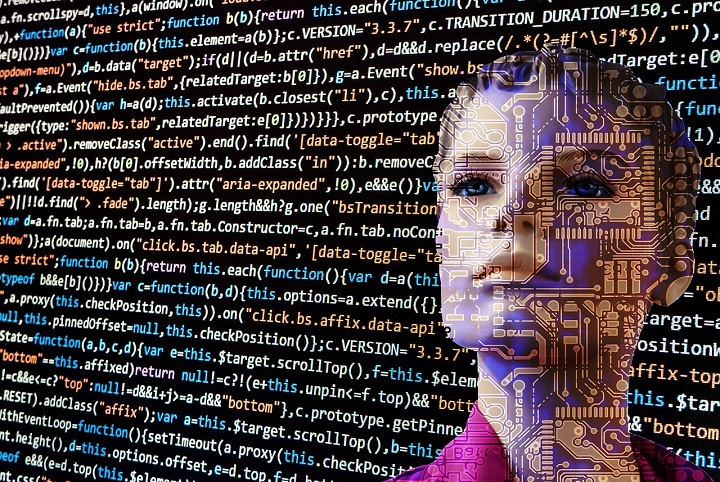Artificial intelligence (AI) has become an integral part of our daily lives. From smart homes to self-driving cars, AI is gradually penetrating every aspect of our lives. However, despite the many benefits AI brings, it also has security risks. In this article, we will introduce the security hazards of AI, cite cases, and propose countermeasures.
I. Introduction to AI security pitfalls
Although AI brings many benefits, it also has security pitfalls. One of the biggest pitfalls is the attack or misuse of AI's algorithms. This includes attacks on AI models, interference with AI algorithms through data contamination, or attacks perpetrated through collaborative bots.
Attackers can exploit AI vulnerabilities to compromise systems, steal data, damage facilities, or even commit acts of violence. For example, attackers can use AI to crack passwords, attack data centers, or use self-driving car systems to commit crimes such as murder.

II. AI security vulnerability cases
1. Malicious use of AI
In 2016, the Microsoft Tay bot was a chatbot that used machine learning algorithms to improve its interaction capabilities. However, when it was placed on Twitter, it was quickly exploited by attackers to make racist and sexist comments. Microsoft had to shut down the Tay bot and apologized for the incident.
2. Self-driving car accident
Self-driving cars have been one of the flagship applications for AI development. However, the safety risks of self-driving cars have also caused widespread concern. In 2018, an Uber-tested self-driving car was involved in a fatal accident in Arizona, resulting in the death of a pedestrian. The investigation revealed that Uber's AI system failed to identify the pedestrian and avoid the accident.
3. Phishing attacks
AI can be used to create highly realistic phishing attack emails that trick users into going to malicious websites and revealing personally identifiable information. This attack can be done by using AI's natural language processing capabilities to produce highly realistic forged emails.
4. Adversarial Attacks
Adversarial attacks are attacks in which an attacker exploits vulnerabilities in the AI to interfere with or disrupt the AI system's decision making. For example, adversarial attacks can be used to trick self-driving cars into not correctly identifying road signs or traffic signals. Such attacks can be very dangerous and can lead to serious consequences.
III. AI Security Hazards Countermeasures
In order to avoid AI security hazards, we need to take a series of measures. These measures include:
1. improving AI security
Enterprises and developers should be aware of the security of AI and take a series of measures to improve its security. This includes encrypting data, establishing access controls, automatically detecting vulnerabilities, and applying the latest AI technologies to avoid security breaches.
2. Strengthen the regulation of AI
Governments and regulators should strengthen the regulation of AI to ensure its security and compliance. Regulators should establish best practices for AI and review developers and companies to ensure they comply with best practices.
3. Raise security awareness among users
Users should increase their security awareness of AI and take steps to protect their personal information. This includes using strong passwords, not sharing personal information, and not randomly clicking on unknown links.
4. Establish an emergency response plan
Businesses and governments should establish emergency response plans to deal with AI security hazards as they occur. These plans should include how to identify and report security breaches, how to respond to security breaches, and how to restore business operations.
IV. Conclusion
The security risks of AI are a very serious issue that needs our attention. Although AI brings many benefits, it also has security risks. In order to avoid security risks, we need to take a series of measures, including improving the security of AI, strengthening regulation, raising users' security awareness, and establishing emergency response plans. Only then will we be able to better utilize the potential of AI and ensure its security and reliability.
Comments35